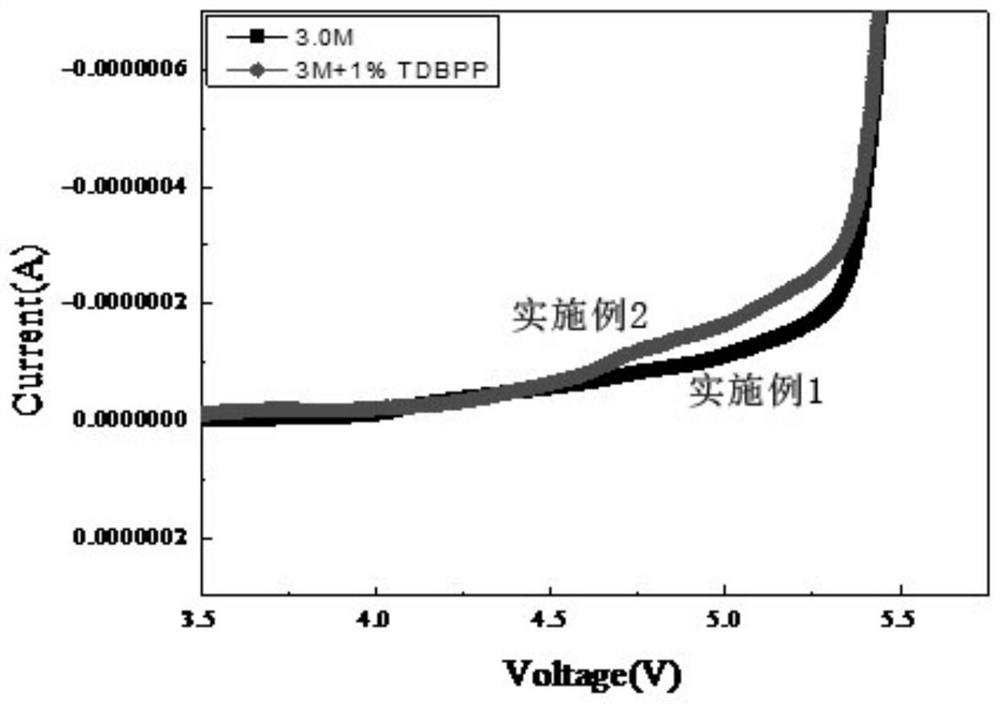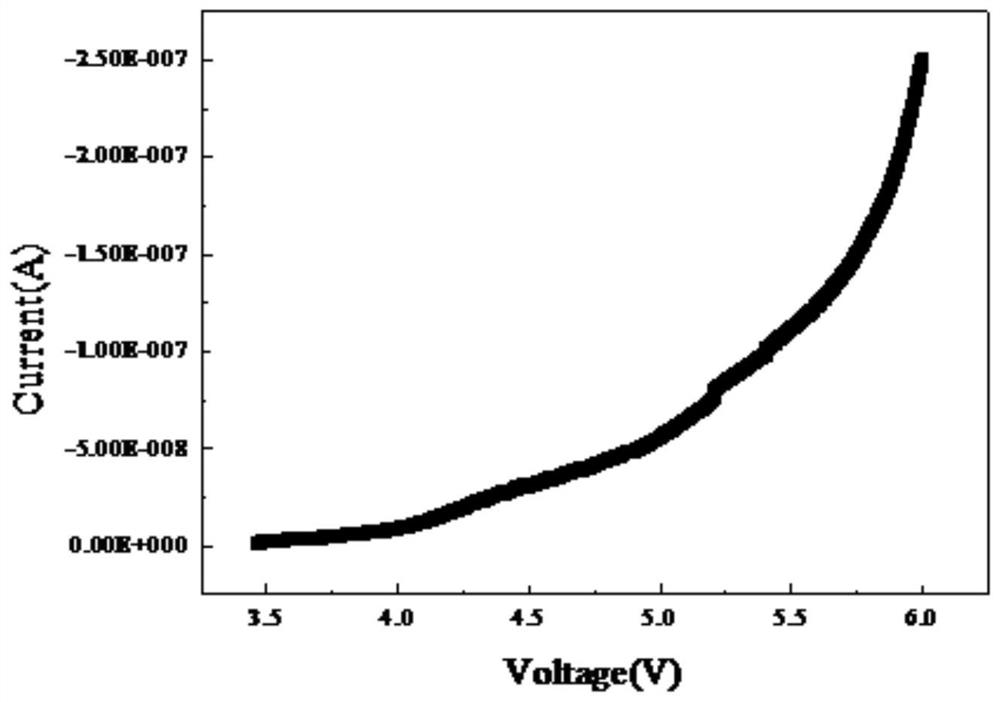A kind of lithium-ion battery safety additive and the sulfonate imide lithium salt electrolyte containing the additive
A technology of lithium-ion battery and lithium sulfonate imide, which is applied in the field of lithium-ion batteries, can solve the problems of less applied research and reduce the content of flammable solvents, so as to improve thermal stability, reduce free solvent molecules, and suppress the rapid rise of voltage Effect
- Summary
- Abstract
- Description
- Claims
- Application Information
AI Technical Summary
Problems solved by technology
Method used
Image
Examples
Embodiment 1
[0028]A high-concentration lithium sulfonate imide electrolyte for lithium-ion batteries, the addition of lithium salt is 3.0mol / kg, lithium salt is selected lithium bisfluorosulfonate imide (LiFSI) in the present embodiment, and auxiliary agent is ethylene carbonate , the organic solvent is diethyl carbonate, ethylene carbonate (EC):diethyl carbonate (DEC)=1:1.85. The molar ratio of the total content of the organic solvent and additives to the lithium salt is 1:3.
[0029] A three-electrode system with a platinum electrode as the reference electrode, a clean lithium sheet as the working electrode and a counter electrode is used for linear scanning. Technical parameters: the voltage range is from open circuit voltage to 6V, and the scanning speed is 0.5mV / s. The obtained data are as figure 1 shown.
[0030] Carry out combustion experiment with the electrolytic solution of above-mentioned embodiment 1, concrete operation is as follows:
[0031] Prepare some fiberglass wicks ...
Embodiment 2
[0037] A high-concentration lithium sulfonate imide electrolyte solution for lithium-ion batteries with safety additives added, the lithium salt addition is 3.0mol / kg, and the lithium salt is selected from lithium bisfluorosulfonate imide (LiFSI) in this embodiment, and the auxiliary agent Be ethylene carbonate, organic solvent is diethyl carbonate, ethylene carbonate (EC): diethyl carbonate (DEC)=1:1.85, additive three (2,4-di-tert-butylphenyl) phosphite ( TDBPP) is added in an amount of 1% of the electrolyte mass. The molar ratio of the total content of the organic solvent and additives to the lithium salt is 1:3.
[0038] A three-electrode system with a platinum electrode as the reference electrode, a clean lithium sheet as the working electrode and a counter electrode is used for linear scanning. Technical parameters: the voltage range is from open circuit voltage to 6V, and the scanning speed is 0.5mV / s. The obtained data are as figure 1 shown.
Embodiment 3
[0040] The invention relates to a lithium-ion battery high-concentration electrolyte solution added with a safety additive, and the addition amount of the additive tris(2,4-di-tert-butylphenyl) phosphite (TDBPP) is 2% by weight of the electrolyte solution. Others are with embodiment 2.
[0041] Prepare graphite|nickel cobalt lithium manganese oxide 50506 soft-pack battery by injecting the above electrolyte, pre-charge it, charge it with a constant current of 1C to 4.2V after capacity division, and then switch to constant voltage charging, and stop charging when the current is lower than 0.05C , after 1 hour of laying aside, charge with 1C constant current charging for 1 hour, and take the data of charging voltage changing with charging time to make a graph.
PUM
| Property | Measurement | Unit |
|---|---|---|
| viscosity | aaaaa | aaaaa |
Abstract
Description
Claims
Application Information
 Login to View More
Login to View More - R&D
- Intellectual Property
- Life Sciences
- Materials
- Tech Scout
- Unparalleled Data Quality
- Higher Quality Content
- 60% Fewer Hallucinations
Browse by: Latest US Patents, China's latest patents, Technical Efficacy Thesaurus, Application Domain, Technology Topic, Popular Technical Reports.
© 2025 PatSnap. All rights reserved.Legal|Privacy policy|Modern Slavery Act Transparency Statement|Sitemap|About US| Contact US: help@patsnap.com



